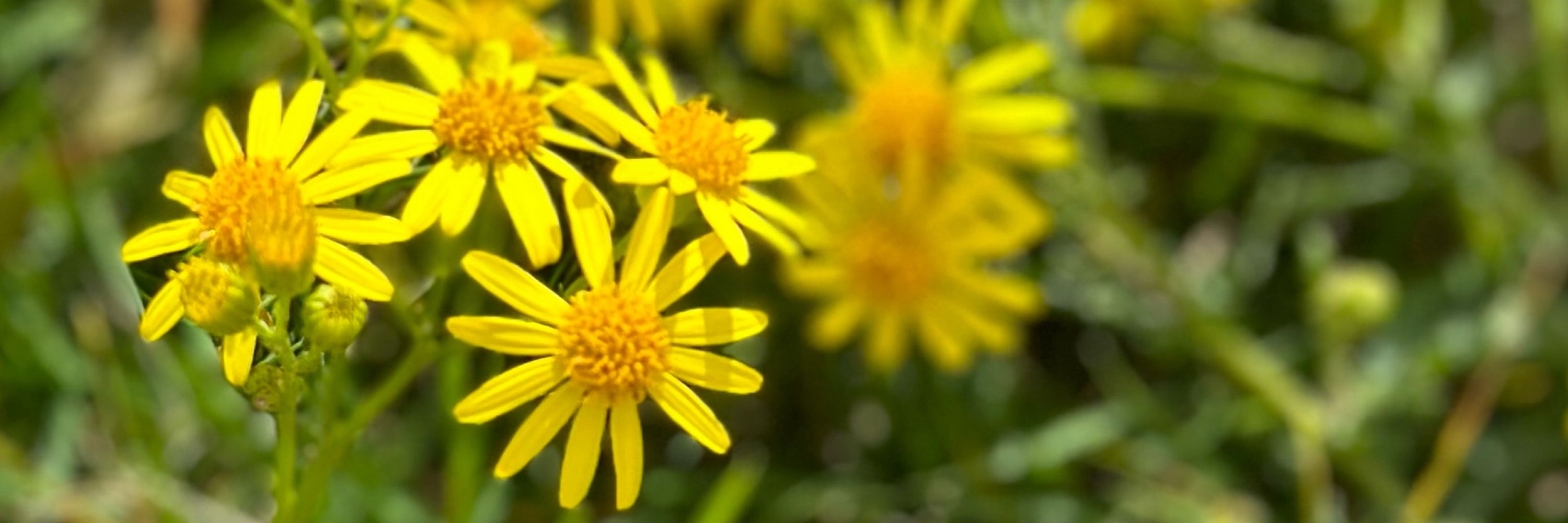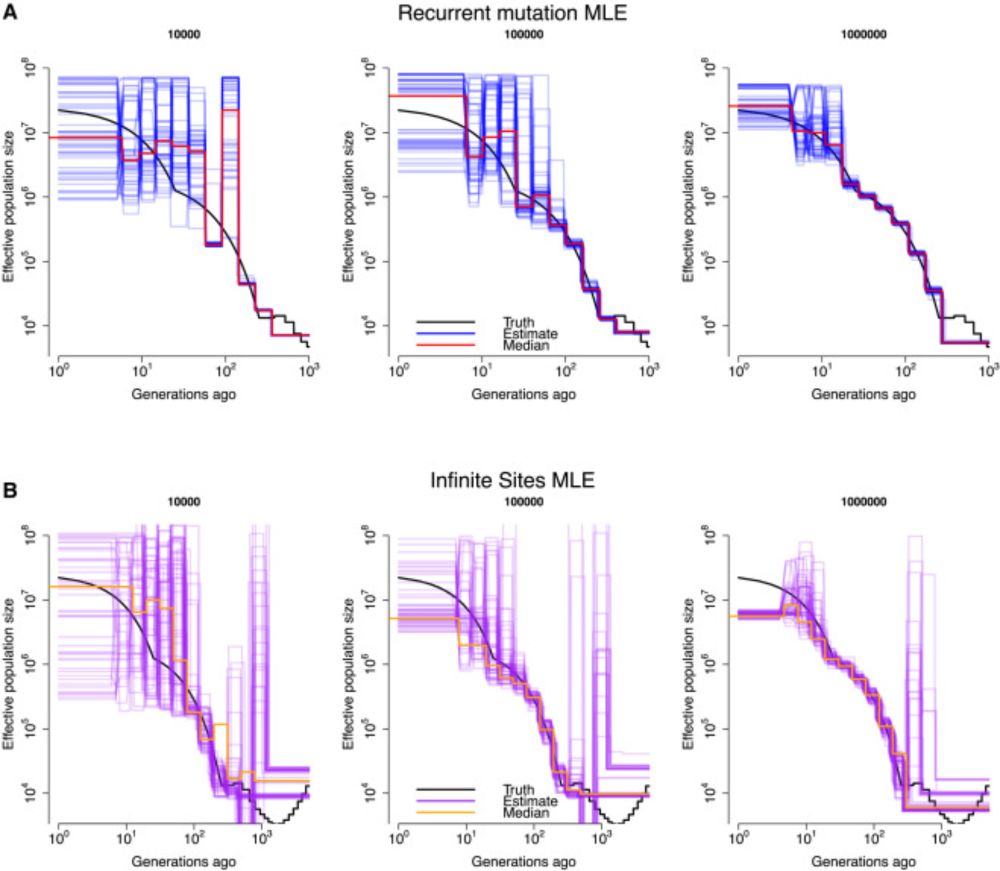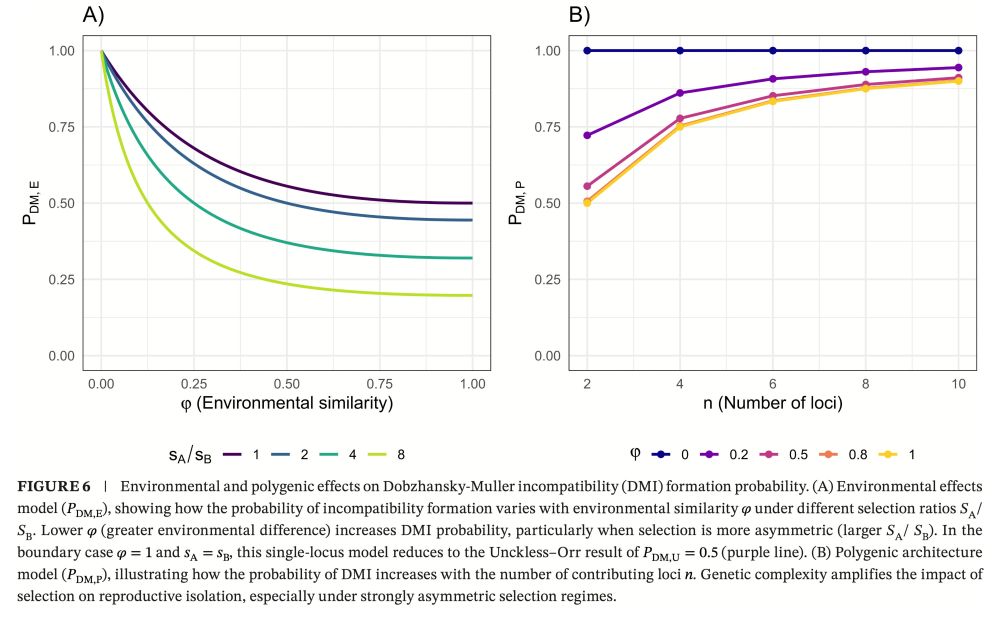Daniel Ortiz-Barrientos
@dortizba.bsky.social
630 followers
760 following
41 posts
Evolutionary Geneticist at UQ, Australia. Speciation, adaptation, future resilience. #senecio
Posts
Media
Videos
Starter Packs
Pinned
Reposted by Daniel Ortiz-Barrientos
Megan Frayer
@hybridzones.bsky.social
· Aug 9
Reposted by Daniel Ortiz-Barrientos
Reposted by Daniel Ortiz-Barrientos
Reposted by Daniel Ortiz-Barrientos
Reposted by Daniel Ortiz-Barrientos
Reposted by Daniel Ortiz-Barrientos
Reposted by Daniel Ortiz-Barrientos
Merriam-Webster
@merriam-webster.com
· Sep 3














